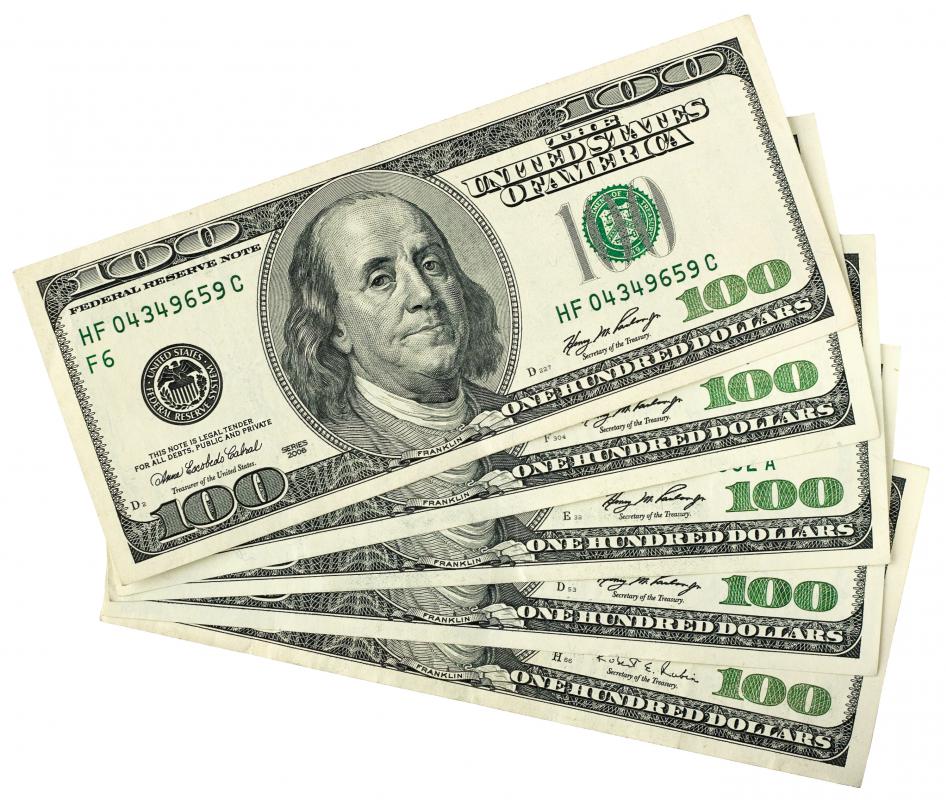At WiseGEEK, we're committed to delivering accurate, trustworthy information. Our expert-authored content is rigorously fact-checked and sourced from credible authorities. Discover how we uphold the highest standards in providing you with reliable knowledge.
What Is the Difference between Tangible and Intangible Assets?
Every individual and company usually has certain tangible and intangible assets, and these are generally combined to estimate the overall value of the entity. Tangible assets are basically physical things, like money, structures, and machines. Intangible assets aren't physical and may include things like concepts, brand popularity, and patents. Sometimes intangible assets are the most important things a company possesses, but their values may change constantly, and this can make them difficult to rely on. Both tangible and intangible assets are generally crucial to a company's survival, but intangible assets are often the most distinguishing part of a company and, therefore, the most valuable.
The most basic tangible assets are things like money, houses, and equipment. Virtually every company and person will have quite a few of these. If a person owns a house and a computer, those things could be seen as his tangible assets. For a company, tangible assets can include things like factories, storefronts, investments and other similar properties.

Intangible assets include ideas, concepts, and customer standing. For example, a fast food franchise may develop a certain reputation for having good hamburgers. If most of the public has a sense that the company makes the best hamburgers around, that reputation becomes an important intangible asset. Without it, the company might be worth significantly less, but it's not something with a physical presence.
Accountants often struggle to find ways of valuing companies, and a lot of this comes from the difficulties in determining the overall values of different tangible and intangible assets. Overall, intangible assets tend to be a lot harder to value. For example, if an accountant was trying to make a valuation of the previously mentioned hypothetical fast food joint, he might have trouble determining exactly how to value the company's reputation. It might be difficult for him to say exactly what it's worth now, and what it will be worth in the future. At the same time, he may find it relatively easy to place a dollar value on the tangible assets, such as restaurants, cash, and food processing facilities.
In an attempt to deal with this common disparity in the evaluation of various tangible and intangible assets, some accountants have come up with a few methods. One of the more common approaches is to use a baseline number and determine how much of the company's current profit is coming from the intangible asset. For example, the hypothetical accountant from the previous example might determine what most fast food joints make on hamburgers and compare it to his company's average. Then he would attribute the difference in value to the, "stellar hamburger reputation," asset. Determining how that asset might change over time can be more difficult and might rely on simple methods that aren't specific to the actual asset in question.
AS FEATURED ON:
AS FEATURED ON:











Discuss this Article
Post your comments